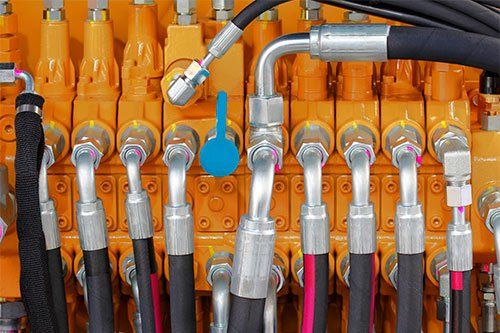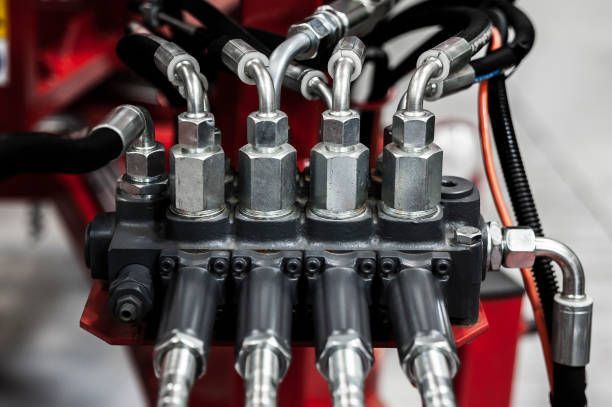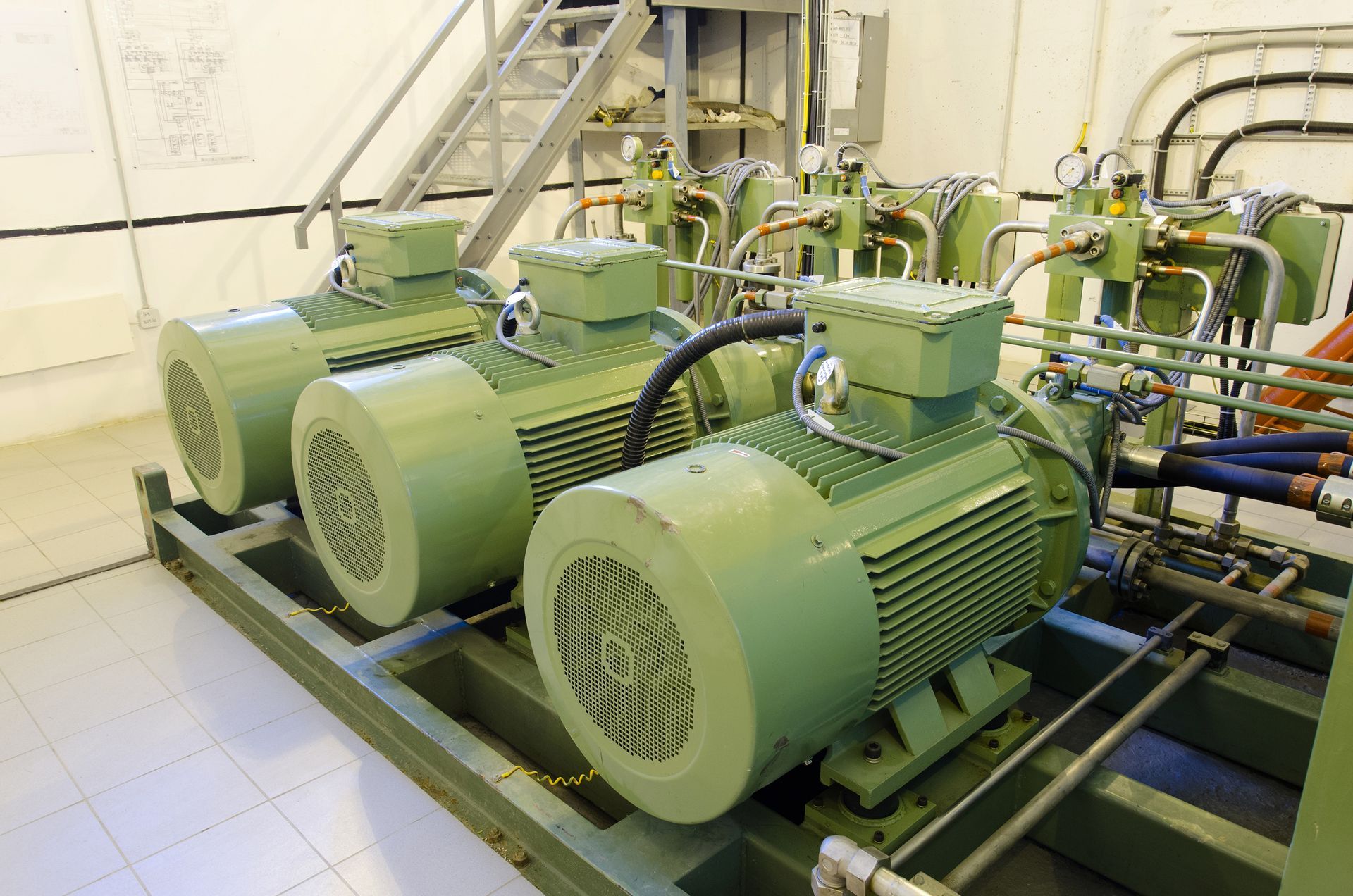5 Things to Do to Keep Your Hydraulic System Working Properly
Hydraulic systems are in many industries, doing many different jobs. From pressing parts to lifting heavy loads, hydraulic systems save time, make jobs safer, and allow faster completion of work. In order for the hydraulic system to continue this, maintenance of the system is critical. Discover what you need to keep an eye on and check every time you run the equipment.
1. Check the Fluid Level
Every time you use the equipment, check the hydraulic fluid in the reservoir or tank. The system needs to have the proper amount of fluid in it, or the hydraulics will not build the full pressure that they need to do the job you need them to do.
If the oil is low in the tank, you may start to draw air into the system, causing the pump to cavitate and the pressure in the system to drop very quickly. If you add oil to the tank, make sure you use the same oil that is already in the system to ensure you use the viscosity and grade of oil.
2. Check the Filter Indicators
Most hydraulic systems use filters with indicator windows on them to give you a visual indicator to let you know that you need to change the filter. Check the filter indicators before you run the equipment because dirty filters can contaminate the entire system and cause damage to hydraulic cylinders, the pump, and servos in the system.
3. Check the Hydraulic Lines and Fittings
Take a minute to visually inspect the hydraulic lines and fittings in the system. Look for leaks in the lines, fittings that are leaking, or cracks in the hoses. If you see any of these, make repairs before operating the machine.
Leaks in the system may not show up while the system does not run. Start the equipment and do your inspection while pressure is in the lines and the fluid in the system is warm. This is the time you will most likely see a leak or drip in the system.
4. Check the Tank for Aeration
The simplest way to check for air in your system is to check the hydraulic oil tank for air bubbles in the oil. The oil should not be frothy on the surface when the system runs. Use a flashlight to look in through the fill hole of the oil tank. If you see air bubbles on the surface of the oil, you may have an air leak somewhere in the system.
Other causes of aeration can be bad seals on the cylinders, cold hydraulic oil, or oil that is too viscous for the system. If you get air in the system, listen to the hydraulic pump. Often, it will make a noise because it is cavitating and unable to pressurize the system properly.
5. Check the System Temperature
Use an infrared thermometer and check the temperature of the pump, the servos, and the lines regularly as well. High temperatures in the system can damage the parts and require premature replacement of the parts. Most hydraulic systems should run below 180 degrees Fahrenheit when the system is at full temperature.
At Quad Fluid Dynamics, Inc. , we specialize in rebuilding hydraulic components and can help repair pumps, cylinders, and recommend ways to improve your hydraulic system. Give us a call today to discuss what your needs are and how we can help get your hydraulic system performing at its best. We look forward to helping you improve your equipment and workflow, as well as answering your questions and concerns about your hydraulic system and meeting your hydraulic needs.



